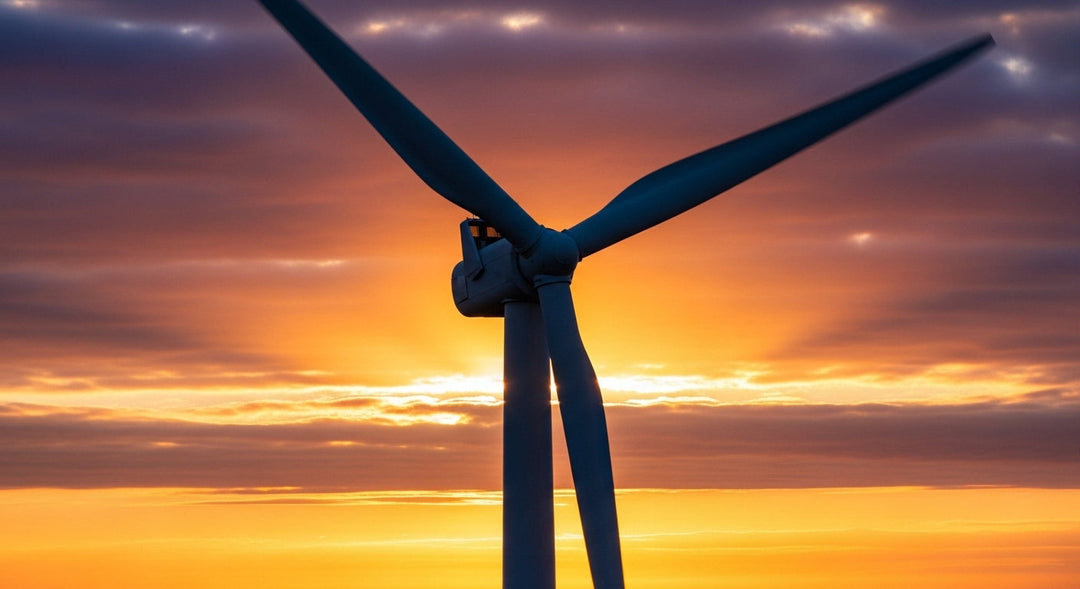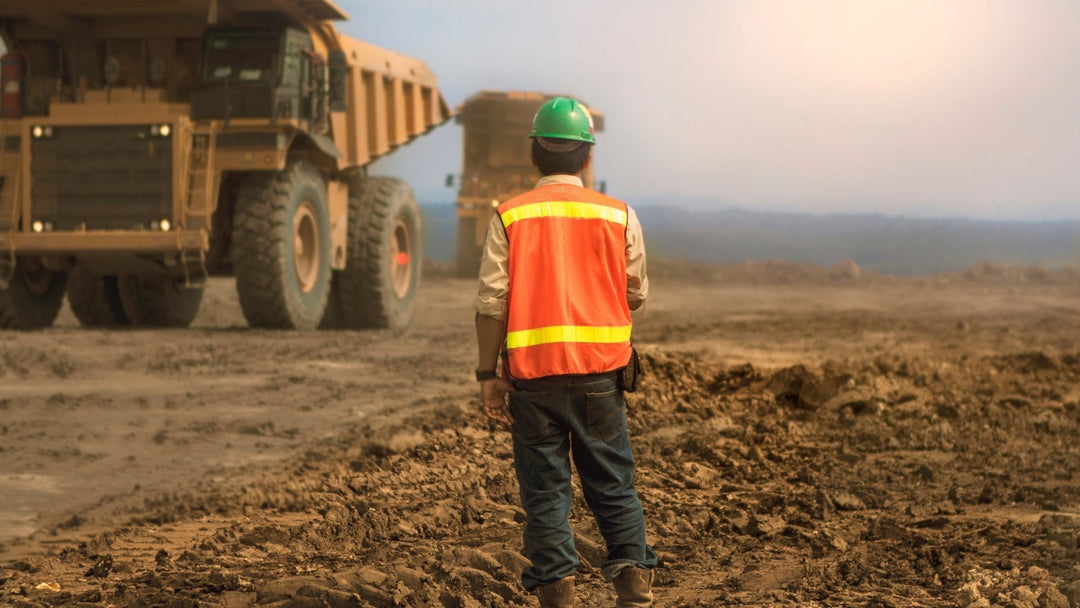Venture Capital's Role in Combatting Methane Leaks from Gas Pipelines

Methane, the primary component of natural gas, is a potent greenhouse gas with a global warming potential significantly higher than carbon dioxide over 20 years. The release of methane from producing, transporting, and using natural gas is a significant environmental challenge. Addressing methane leaks from gas pipelines becomes crucial as the world strives towards achieving net-zero emissions. Venture capital (VC) is pivotal in this environmental imperative, as it invests in innovative technologies and companies developing solutions to detect, prevent, and repair methane leaks.
The Importance of Methane Leak Prevention
Methane leaks are an environmental problem and represent a significant economic loss. Methane that escapes into the atmosphere isn't sold as natural gas, directly affecting gas companies' bottom lines. Moreover, as regulations around methane emissions tighten globally, there's an increasing risk of non-compliance costs, which can further impact the profitability of energy companies.
From a climate perspective, rapid action to reduce methane emissions is one of the most effective ways to slow the rate of global warming. According to the International Energy Agency (IEA), methane emissions from the energy sector can be reduced by up to 75% with technologies that are available today. This is where venture capital comes into play.
Venture Capital Investment in Methane Leak Detection and Repair
Venture capital can catalyze developing and deploying cutting-edge technologies for the methane leak problem. Startups and tech innovators are already developing various solutions, including:
Advanced Sensing Technologies: New sensors and IoT devices can detect leaks more accurately and over larger areas. These technologies include fixed sensors along pipelines and mobile sensors mounted on drones or vehicles. VC-backed companies like Kairos Aerospace and SeekOps specialize in aerial and drone-based sensor technologies that detect methane leaks with precision.
Predictive Analytics and AI: Leveraging big data and machine learning, startups are developing software to predict where leaks are most likely to occur based on historical data, weather conditions, and other environmental factors. This proactive approach can significantly reduce the incidence of leaks by ensuring that maintenance efforts are timely and targeted.
Enhanced Materials and Engineering Solutions: Materials science and mechanical engineering innovations can lead to more durable pipelines and sealing technologies less prone to leaks. Investment in these areas can lead to substantial long-term savings and environmental benefits.
Regulatory Technology (RegTech): As the regulatory environment for methane emissions becomes stricter, there is a growing market for technologies that help companies comply with new regulations. This includes software for accurately reporting emissions and technologies that can integrate with existing hardware to improve efficiency and safety.
The Financial and Strategic Incentives for VCs
Investing in methane mitigation technologies is environmentally strategic and financially promising. The global demand for such technologies is expected to grow, driven by increased regulatory pressure and the push towards environmental sustainability.
VC firms have the opportunity to work closely with traditional energy companies seeking to mitigate their environmental impact. By acting as a bridge between innovative startups and established industry players, venture capital can facilitate the adoption of new technologies at scale, which is necessary for meaningful reductions in methane emissions.










